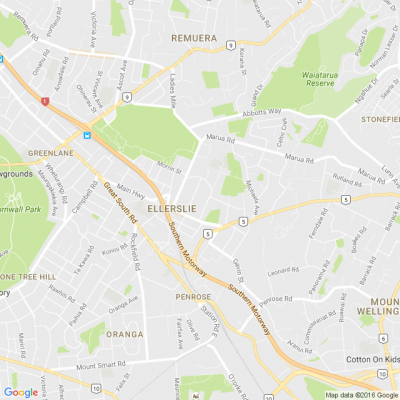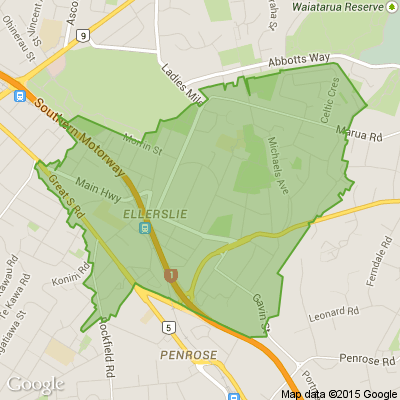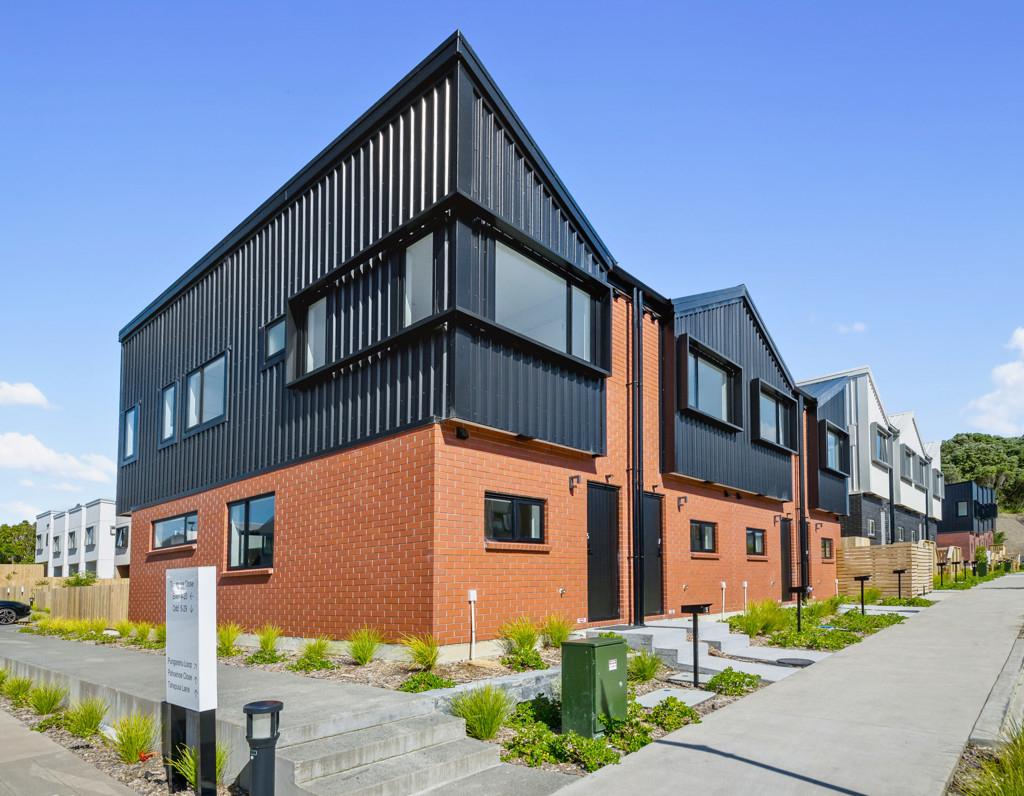Hedge Trimming and Garden Tidy Ups PLUS New HEDGE PLANTING
We cover:
Ellerslie, Epsom, Glendowie, Glen Innes, Greenlane, Herne Bay, Kohimarama, Meadowbank, Mission Bay, Mt Eden, Mt Wellington, Newmarket, Onehunga, One Tree Hill, Panmure, Parnell, Penrose, Point England, Remuera, Royal Oak, St Heliers, Stonefields, Three Kings
Call, text or email us for a quote now.
hello@antshedgesandgardens.co.nz
www.antshedgesandgardens.co.nz......
021 169 3366
⚠️ DOGS DIE IN HOT CARS. If you love them, don't leave them. ⚠️
It's a message we share time and time again, and this year, we're calling on you to help us spread that message further.
Did you know that calls to SPCA about dogs left inside hot cars made up a whopping 11% of all welfare calls last summer? This is a completely preventable issue, and one which is causing hundreds of dogs (often loved pets) to suffer.
Here are some quick facts to share with the dog owners in your life:
👉 The temperature inside a car can heat to over 50°C in less than 15 minutes.
👉 Parking in the shade and cracking windows does little to help on a warm day. Dogs rely on panting to keep cool, which they can't do in a hot car.
👉 This puts dogs at a high risk of heatstroke - a serious condition for dogs, with a mortality rate between 39%-50%.
👉 It is an offence under the Animal Welfare Act to leave a dog in a hot vehicle if they are showing signs of heat stress. You can be fined, and prosecuted.
SPCA has created downloadable resources to help you spread the message even further. Posters, a flyer, and a social media tile can be downloaded from our website here: www.spca.nz...
We encourage you to use these - and ask your local businesses to display the posters if they can. Flyers can be kept in your car and handed out as needed.
This is a community problem, and one we cannot solve alone. Help us to prevent more tragedies this summer by sharing this post.
On behalf of the animals - thank you ❤️

We're talking new year resolutions...
Tidying the house before going to bed each night, meditating upon waking or taking the stairs at work.
What’s something quick, or easy, that you started doing that made a major positive change in your life?

Reminiscences of Onehunga as told to Doreen Calkin 1990
Oliver (Buck) Priestly Smith 1900 – 29 July 1996 (cremated) - carpenter
Parents Charlotte Ann (nee Hill) Smith m George William Richard Priestley Smith, Oliver was the youngest boy in the family with two younger sisters – family of 11 children.
They lived in various houses but Oliver was born at Waiapu Lane in Onehunga. The house was two storey and originally built for an officer of the Irish constabulary who came to NZ as Fencible.
There was one other house in Waiapu Lane in Oliver’s childhood and that was also a Fencible officer’s cottage. A Mr Wadman ex policeman lived in the house during the time the family were at Waiapu Lane.
At the time Oliver remembers Waiapu Lane being used as a shortcut to Queen St (now The Mall).
Oliver thinks the property was eventually bought by a Steve Skinner.
The family had a washing woman, Mrs Harris who did the washing for 1/2 crown. Mrs Harris had a ‘simple’ daughter called Katy who was often tied to a tree by a long rope to stop her wandering off. Mrs Harris also cleaned for the Station Master’s wife Mrs Cole; their house was just below the railway station.
Oliver remembers riding in the first electric tram to Onehunga
Money - In his childhood he remembers – bananas 6pence per pound, bread 6pence, large chuck roast 2 shillings. For 1 penny they could get a liquorice strap, stick of toffee and for two pence a ‘washing board’ (this was a square of chocolate with ridges on the back like a washing board and 100’s and 1000’s on the front).
Children would collect horseshoes and return to blacksmith who would give them 5 shillings for 4 shoes, old bottles returned to the pub for 1 penny /bottle or if they found a ‘rigger’ which was a square gin bottle the pub would give them two pence (tuppence).
Rules – couldn’t trot a horse around a corner – had to walk it around or there was a fine of 5 shillings (5 bob).
Things Medical 5 shillings for the German doctor (? Wies) and 7shillings and 6d for Dr Hark.
Mrs Fletcher, midwife – came from Huia
Church St just below Catherine St was Lysart also midwife – corner Hill St, had two beds in her own home for patients
Dr Tressider lived in Captain St was an alcoholic, lived in a 2-storey house.
Pubs
Railway Hotel later became the Post Office Hotel
St George’s Hotel – taken down and transported to Rotorua
The Hibernian
2
Business’ in the area
• George Skinner had a stables on Corner of Selwyn St just up from Waiapu Lane. He was a carrier.
• Plumber – Mr Blackwood
• Blacksmith – Mr Higginson. Lived in Queen St but blacksmiths was in Arthur St.
– temporary shoe blacksmith put on horse was called a ‘slipper’.
• Stone Store in Princes St – Delegats had that as a joinery factory. Opposite this was • Obsorne’s grocery shop.
• Cunningham’s used to run a horse and brake (carriage) over wooden Mangere Bridge. There were small bays so pedestrians could avoid horse drawn vehicles.
Used to fish off this old bridge also – mid point was the best spot.
• Robert’s family lived in Grey St and had a big orchard. One of the Robert’s family had a shop corner of Arthur and Queen St.
• Robbs – undertaker. Arthur St.
• Kauri Mill – burnt down on Onehunga waterfront. The recycled bricks used to build shops in Waiuku.
• Robin’s corner – Trafalgar and Manukau Rd corner
• Tin Tack’s corner – Trafalgar & Queen St corner
Queen St shops
• Just up from Police station was a ‘bitser’ shop – sold schoolbooks and firecrackers amongst other things.
• Opposite the ‘bitser’ shop was Auckland Star agent/tobacconist.
• John Walter Teed Macklow – Chemist
• Paynes livery and stables
• Sharp – barber
• Roberts – greengrocer – fruit mostly as most people then had their own vege garden
• Carrier firm – coal/firewood • Bray’s carrying firm
• Kelshaw’s bakery
• Neilson – butcher home & shop – had 6 butchers working for him.
• Gilmour’s chemist on Church St corner.
Identities
3
• Mrs Yates first lady mayor in Onehunga liver on corner of Arthur St and Selwyn St.
• Her daughter Mrs Henshaw (husband sea captain) kept goats. One day the kids rode her old billy goat to school. They were sent home to change because they smelt so badly of goat. Mrs Henshaw also had a box of old clay pipes from her husband and she let the kids use them to blow bubbles. The clay pipes with long stems were called ‘church wardens’, the pipes with their stems broken off short the kids called
‘nose warmers’.
• Don Gibney – lived near the springs. He was a fettler ex Irish Constabulary, kept ducks and geese.
• John Park – Mayor 1919, Architect, lived Normans Hill Rd, Designed the archway to Jellicoe Park (also Seddon Memorial on the roundabout at Royal Oak, Manukau
Yacht and Motor Boat Club, Carnegie Library (Oliver can remember this being built),
Coronation Hall, 1915 Men’s and Women’s Bathing sheds in Onehunga, once located on the Onehunga foreshore, where the very first businesses had formerly operated.
Demolished. & others)
• Misses Smellie (2) – had 3 -4-acre property which went through to Queen St (Te Papa end?) – kids would do odd jobs for them – chop wood etc, reward was a cup of cocoa and piece of cake.
• Granny Dixon – lived in Church St West in small cottage. She made ointments with lard as a base and sold dried herbs for teas.
• Mr Cutts – inspector and starter at the races. Kids considered him a pest as he would shoo them off the footpath onto the road (which was uneven) on their trollies
• Morton family –
(Edward) Ted Morton built theatre ½ way down Queen St. He owned a general store.
Ted was Mayor in Onehunga 1929, lived in Trafalgar St
Another Morton had a printing works.
Three Morton sisters – youngest one was delicate. Drove a 1928 Packard car - two sat in back being driven by the third sister.
Jack Morton – kept shop in 1920’s and had a fancy American car with pneumatic tyres. He also owned a big horse called Ulster.
Police
Oliver remembers Onehunga having 4 policemen.
Police Station was in Queen St.
The Court house was in the front of the police station and the cells at the back of one of the policemen’s house.
4
Sewage – Oliver thinks sewage was put through in about 1913. Oliver thinks the man in charge was a Williams Coulson (?Coleson). When they were blasting they opened up a cave at the back of Dr Scott’s house in Queen St. The kids used to go into the cave a short way with candles. This cave opened up into another cave and they could hear water running. The entrance was eventually blocked up. Dr Scott was a surgeon at Auckland Hospital.
Blockhouse – remembers the Ansell family lived there, Mr Ansell worked for the gas board.
After them a policeman lived there.
Outings – remembers going by horse to Sunday School picnic at St Heliers. In those days had a long wharf which provided a good fishing spot.
Confectioners shop plague – it was rumoured that Mark Fletcher caught the plague from Confectioners shop corner of Arthur and Queen St. All the lollies and their glass jars were sent to the tip at the bottom of Waikaraka park. The kids, undeterred went and gathered
the lollies to eat and took some of the jars home. It seems no-one else caught the plague.
Money was offered at the time for dead rats (3 pence each) brought to be burnt by Mr Neilson (engineer at the Onehunga Springs).
Waikaraka park – rifle range operated.
Gloucester Park – kids kept their boats there. There was a spring in the centre of the park.
Road put in during depression years. Had a ‘Yankee’ camp during WWII.
Shipping
Northern company carried passengers and cars. Rawawa carried passengers from Onehunga to New Plymouth from where they could train to Wellington (stopped when railway went all the way from Auckland to Wellington).
Rimu went up to the Kaipara. On Boxing Day took passengers for picnic at Watipu/Huia - 2 shillings/person.
Coal boats brought coal for the gas company.
School
Miss French was headmistress of lower Onehunga School and Mr MacIntosh headmaster at the upper Onehunga School
Oliver usually went home for lunch as he lived so close.
Every Friday they lined up by class to salute the flag. Boys had to drill with rifles that had been disabled.















 Loading…
Loading…




